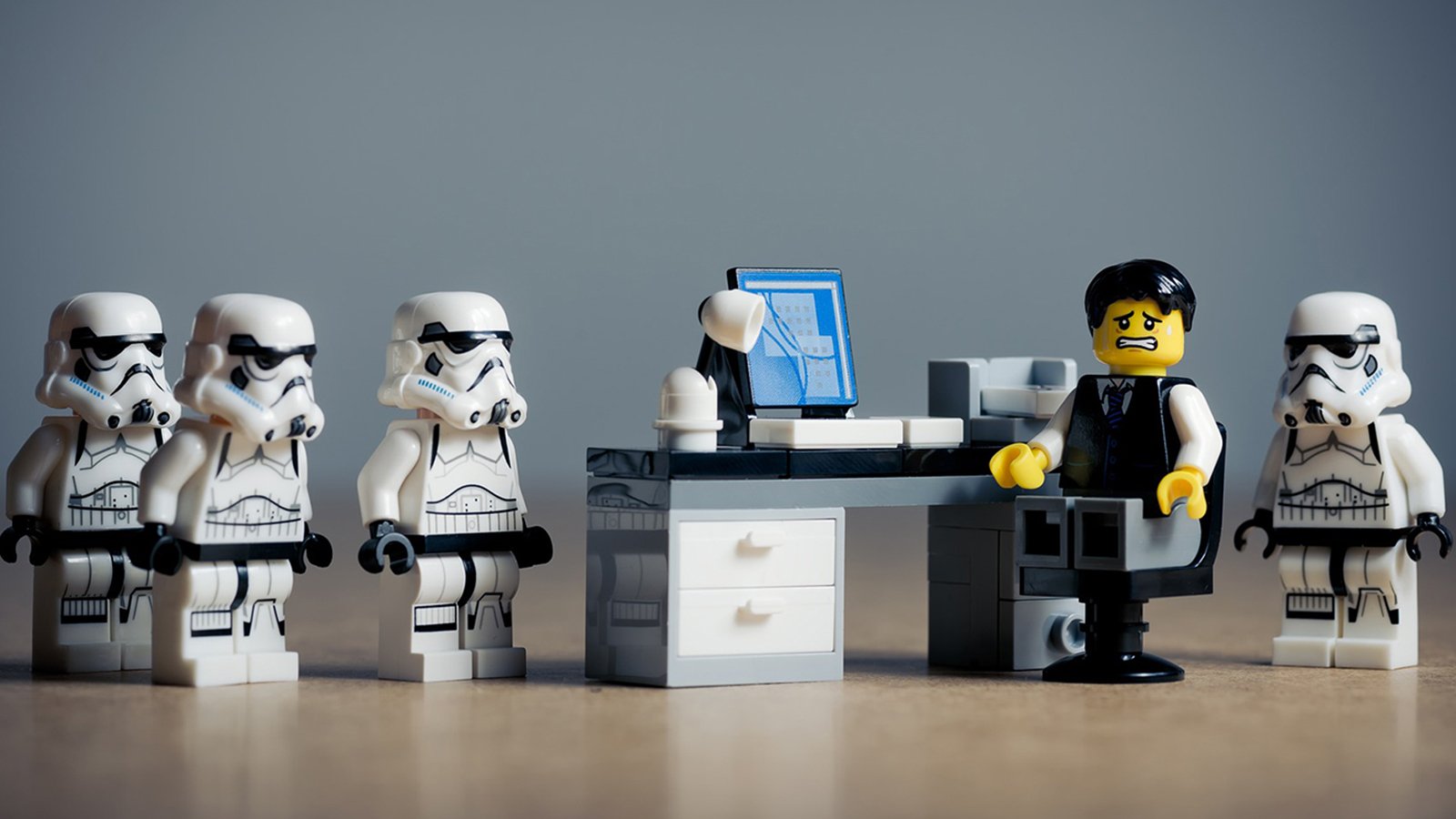Let’s talk about space management.
Wait a second. I hear the lightsabers firing up already.
Please return them to your belts.
While I love an intergalactic adventure as much as the next person, I’m not referring to a galaxy far, far away. Today, we’re discussing the management of a different kind of space – the spaces within your facility.
Hang on, don’t toss your Stormtrooper helmet in disappointment. We have a lot left to discuss!
Today, we’ll take a look at the steps you can take to bring impressive savings to your facility.
This all begins with gathering insight into the spaces within your portfolio.
First, understand the cost of your spaces.
All space comes at a price. There’s a common misconception that “we already have the room; so, it must be free.”
That sounds nice, but it’s untrue.
There are a plethora of costs incurred by space. While construction is the obvious major expense, it’s just the tip of the iceberg. Whether occupied or unoccupied, space is a hefty line item in your organizational budget. These costs include maintenance, utilities, and cleaning.
By the time you add other costs in the mix, the staggering expense of square footage become clear. Each inch of space is precious and should be utilized to the fullest.
By understanding the exact costs and use patterns at your facility, you can usher in cost slashing practices.
Know when your spaces are in use – and maximize that use!
In some organizations, a staggering amount of spaces remain unoccupied much of the time.
The numbers are pretty shocking.
In the typical office environment, conference rooms and auditoriums only see use between 8:00 am and 5:00 pm. This leaves rooms vacant during evening hours and weekends. As a result, these spaces sit empty for approximately 46 usable hours each week. (Yes, I know there are more hours in the week, but, barring a meeting of Insomniacs Anonymous, there’s little demand for room use at 2:00 am.)
Why not maximize use of the space?
It’s time to get creative when it comes to leveraging your existing space. This is where your space management software is critical. Your software should provide much of the data you’ll need to gain these insights.
Arrange schedules to accommodate multiple departments to utilize the same conference room. Rent out auditoriums to host community or charitable events during evenings and weekends.
Maximizing the utilization of space not only gives you the chance to recoup sunk costs, but it also reduces the need for new construction, ultimately cutting costs and reducing the environmental footprint of your organization's real estate.
Get nerdy with space data – and increase your efficiency:
Now comes the moment where you pour a cup of coffee, grab your calculator watch and slide rule, and get nerdy with your data.
Once you know how much space you own and how it’s used, you’re ready to pinpoint areas of inefficiency.
That’s where normalization comes into play. Normalization takes into account factors such as occupancy, weather, occupational status and area/volume and provides accurate data regarding energy consumption.
By normalizing your data, you can also determine energy efficiency during operational and non-operational times, compare energy use by occupancy, and receive an accurate look at the performance of each space. Normalization data allows you to make knowledgeable energy management decisions and usher in greater savings for your facility.
Are you ready to get started? Discover the power of space management software for your facility and begin optimizing your organization today.
Related Resources:
- What is the Best IWMS Software for Government?
- The State of Alaska Tackles Statewide Deferred Maintenance
- Why Capital Budgeting Software is Critical in Government Facilities
- Silver Tsunami in Facilities Management
- Facilities System Integration
- FacilityForce's IWMS Solution




